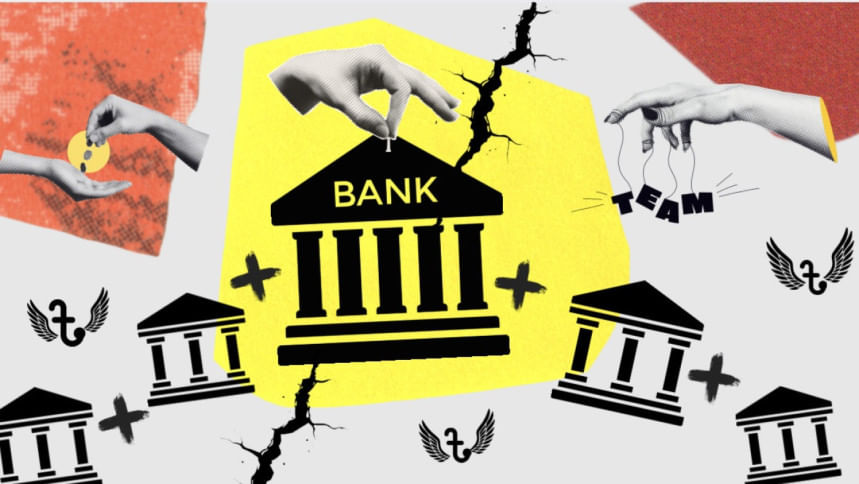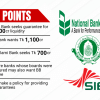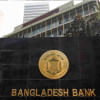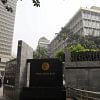How to rescue banks without creating more risk

In Bangladesh, 86 percent of financial intermediation occurs through banks. Commercial banks typically provide small and short-term loans to a large number of borrowers. By offering such loans, they build a well-diversified portfolio, which is crucial for risk minimisation. However, instead of small loans, banks in Bangladesh tend to prioritise large loans, which contribute mainly to the creation of non-performing loans (NPLs).
The country's banking sector has been experiencing a crisis for the last two decades due to ever-growing NPLs. According to the Bangladesh Bank, the amount of NPLs stood at Tk 420,335 crore (24.13 percent of total loans) in March 2025, rising from only Tk 22,481 crore in 2009. The amount of total distressed assets now stands at Tk 756,526 crore, about 45 percent of total loans. About 71 percent of the total bad loans are concentrated to 10 banks only.
The NPL crisis is the result of massive corruption, fund embezzlement, weak governance, and regulatory laxity which have pushed the economy to a credit crunch—a decline in lending activity owing to a sudden shortage of funds. The economy is experiencing a long period of low growth accompanied by high unemployment. There is also increasing erosion of trust and confidence in the banking sector.
The increase of NPLs primarily affects asset quality and profitability of banks. When a loan (asset of a bank) becomes non-performing, it is classified as sub-standard, doubtful, bad, and a loss, depending on the severity of its underperformance. Among them, a sub-standard loan is bad, a doubtful loan is worse, and a bad and loss loan is the worst. With the rise of NPLs, a bank fails to generate the expected income.
According to Basel III, a bank has to maintain 12.5 percent capital of its risk-weighted assets. The implication of risk-based capital requirement is that the higher the risk-weighted assets (underperforming assets), the higher the capital requirement. There is a direct relationship between risk-weighted assets and capital requirements. As the risk-weighted assets through NPLs increased abnormally for many years, a number of banks failed to maintain the required capital every year. The latest Financial Stability Report released at the end of 2024 shows that the overall capital adequacy ratio of Bangladesh is only 3.08 percent against the requirement of 12.5 percent, while Pakistan maintains 20.6 percent (end of 2024), Sri Lanka 18.4 percent (end of 2024), and India 16.7 percent (September 2024). Twenty banks have a collective capital shortfall of Tk 171,789 crore in Bangladesh.
Against the classified loans, banks have to maintain provision from their net income. If a bank fails to maintain the needed provision, it reduces the size of the balance sheet. This gives a negative signal to the market and reduces share prices. As of June 2025, at least 18 banks failed to maintain the needed provision. While the provision shortfall was just Tk 26,585 crore in March 2024, it jumped to Tk 106,131 crore in December 2024 and finally to Tk 170,655 crore in March 2025. The central bank barred these banks from paying dividends, allowing deferment of provisions.
Burdened with massive NPLs, many banks have been facing a serious crisis, failing to carry out their daily operations. Some were rescued by the Bangladesh Bank through liquidity support. But some banks are so severely troubled that the government had to consider a merger. Hence, the finance ministry recently approved a draft proposal to merge EXIM Bank, Social Islami Bank (SIB), First Security Islami Bank (FSIB), Global Islami Bank (GIB), and Union Bank (UB) into a single state-owned entity.
The government undertook a donor-backed asset quality review of 18 banks by KPMG and Ernst and Young. In the first phase, they completed the review of six banks in May 2025; the rest are scheduled for review by December 2025. They identified EXIM Bank with an NPL rate of 48.20 percent, SIB with 62.30 percent, FSIB with 96.37 percent, GIB with 95 percent, and UB with 97.80 percent.
A failing bank can be rescued in various ways: merger and acquisition, recapitalisation, bailout, and liquidation. Another rescue mechanism is regulatory intervention with a proactive strategy including recovery and resolution plans ex-ante and powers to intervene when banks face distress ex-post.
Given the quality of assets, it is nearly impossible to merge five banks into one and make it successful. Rather, EXIM and SIB may be merged, as they still have a good percentage of quality assets. Alternatively, each of them can be acquired by some good banks. But we don't have such big private banks that could acquire them. The Islami Bank Bangladesh PLC had the capability to an extent, but it has been destroyed systematically and is still recovering. In contrast, FSIB, GIB, and UB should be liquidated; the individual depositors' claims must be settled first in this regard.
The successful rescue of a failing bank depends on some key considerations. Transparency is mandatory in the process. While reviewing asset quality, it has to be valid and reliable. The rescue mechanism should be followed by a strong regulatory framework. The depositors' confidence in the banking system must be retained.
At times, the government has to rescue banks against its will, because some banks are so big that they cannot be allowed to fail. Although the present situation requiring the rescue of several banks emerged purely from non-economic reasons, they need to be salvaged for the sake of financial stability. But it must be remembered that a rescue is often followed by moral hazard problem—when one party has the chance to take advantage of a financial deal, knowing that all the risks will land on another party. If the government bails out the failing bank without giving a serious message, bailouts can create incentives for other banks to assume more risk, as they expect to be salvaged from the consequences of the risk.
As a bank does not fail overnight, it must be continuously monitored. Internal compliance has to be followed. The Bangladesh Bank should discharge its responsibility properly. To prevent bank failure, salaries and bonuses of bankers must also be linked to their performances. If bankers can claim higher salaries and bonuses when they perform better, they (salaries and bonuses) must be reduced proportionately when they underperform. Bankers must also keep at least 50 percent of their deposits in their own banks so that they can bear the risk of bank failure.
Still, if a bank fails again, its directors and top executives must be held responsible; the defaulters have to face legal consequences. The failure of all parties that gives birth to large-scale scams leading to bank failure must be considered intensely for due punishment. Before the rescue of a bank is considered, it should be ensured that the causes of failure are purely economic.
Dr Md Main Uddin is professor and former chairman in the Department of Banking and Insurance at the University of Dhaka. He can be reached at [email protected].
Views expressed in this article are the authors' own.
Follow The Daily Star Opinion on Facebook for the latest opinions, commentaries and analyses by experts and professionals. To contribute your article or letter to The Daily Star Opinion, see our guidelines for submission.

 For all latest news, follow The Daily Star's Google News channel.
For all latest news, follow The Daily Star's Google News channel. 










Comments